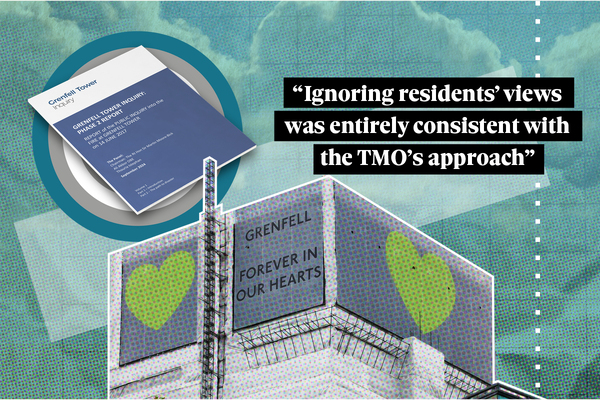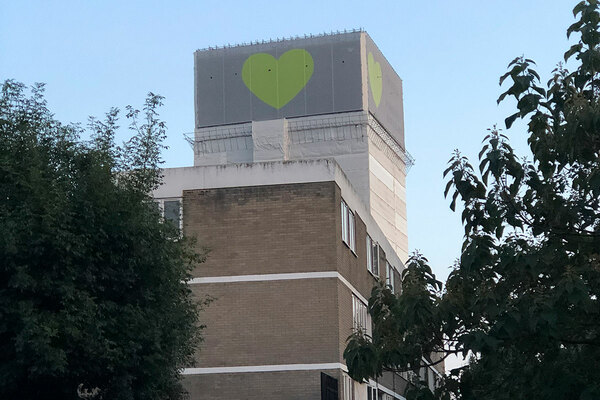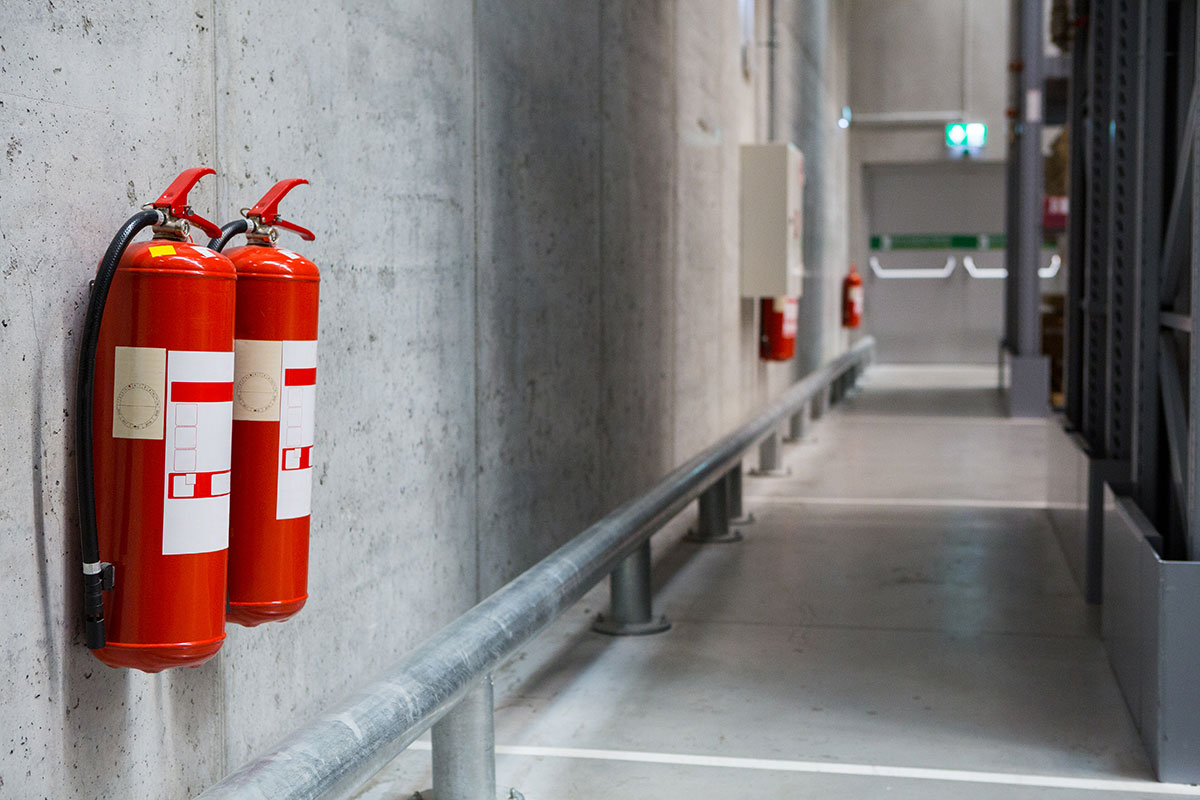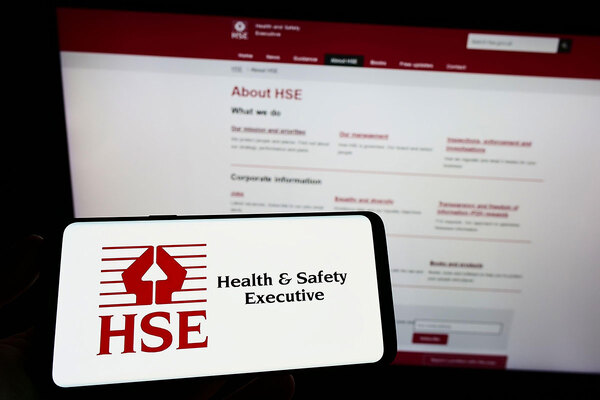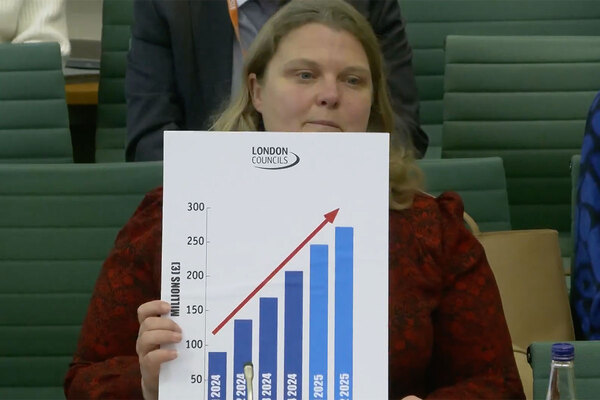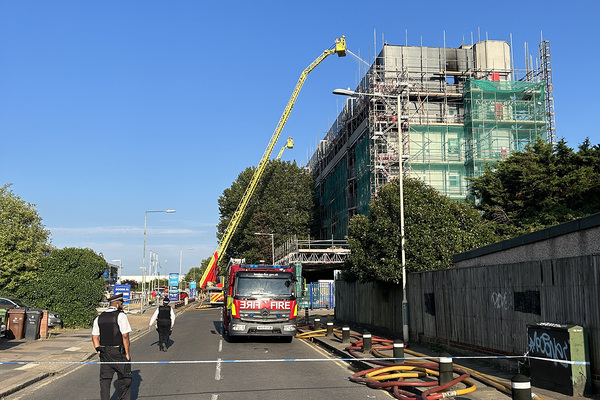Post-Grenfell fire safety reforms: are we creating new risks while trying to prevent others?
Michael Kinsey and Harry McDaid of Ashton Fire discuss the issues and risks facing the UK housing design and development sector following recent changes in fire safety regulations
In the wake of the Grenfell Tower tragedy that claimed 72 lives, the UK’s building safety landscape underwent its most significant transformation in decades. The introduction of the Building Safety Act and the Building Safety Regulator (BSR) as part of the Health and Safety Executive marked a watershed moment in how we approach high-rise residential building design.
While these changes aim to prevent another Grenfell, bureaucratic hurdles could be undermining safety rather than enhancing it, with practical implementation causing unexpected complications.
One of the most concerning issues is the potential for design schedule compression. Under the new system, construction cannot begin until the BSR grants formal approval – a process that is meant to take 12 weeks but often extends significantly longer. This has led to the potential for developers squeezing design development phases to maintain project timelines, potentially making safety-critical decisions without adequate analysis time.
This pressure is particularly concerning given that design team members now face increased personal accountability. While this compression contradicts the Gateway system’s intent, it reflects the reality that construction projects operate within finite budgets, and prolonged design phases can have significant financial implications. A more pragmatic approach is needed, one that allows for thorough design scrutiny without creating an unsustainable burden on project finances.
A significant shift has been the dismantling of traditional communication channels between design teams and approving stakeholders including the fire service. Pre-Grenfell, building design approvals involved ongoing collaboration among architects, fire engineers, building control and the fire service. The new system has replaced this with a more rigid, formalised process that hinders efficient issue resolution.
The inability to engage in collaborative dialogue with the BSR and fire service has reduced the capacity to develop innovative solutions to complex design challenges, leading to overly conservative approaches that might not actually improve safety, potentially impeding general usability of buildings, and hamper inclusion of sustainability in such designs.
The increased documentation required as part of the regulatory reforms is also having a number of unintended effects. The sheer volume and detail of information required for submission by design teams as part of the Gateway 2 process, combined with compressed timelines, creates a process where critical details could be missed. Freedom of Information requests have revealed that only about 15% of BSR Gateway 2 applications are being approved.
While some of this can be attributed to insufficient information in applications or low quality, the low approval rate can at least in part be attributed to the challenges in the approvals process itself.
Building design teams are also grappling with expanded expectations and responsibilities. Professionals must review detailed documentation well beyond their traditional remit, often without corresponding fee increases or time allowances. This stretching of resources could compromise core safety work quality.
Several key reforms could address these issues: creating more accessible communication channels while maintaining robust oversight, reconsidering approval timelines, clarifying the distinction between guidance and regulatory requirements, and better defining professional roles.
“Professionals must review detailed documentation well beyond their traditional remit, often without corresponding fee increases or time allowances”
Lastly, the BSR’s approach to comments on designs reveals a concerning trend of treating fire design guidance (such as Approved Document B and BS 9991) as building regulations with which designs must accord. This fundamentally limits innovation potential and promotes over-conservatism.
Furthermore, such comments often reference questionably implied requirements with little or no empirical basis. The BSR has been observed to stipulate that any responses to such comments be provided within a small time window (eg five to 10 days) before requiring full design resubmission. This makes it challenging to address any issues in a robust fashion.
The message is clear: while improving building safety remains paramount, the current implementation of reforms needs careful reconsideration to achieve its intended outcomes. As the industry continues to adapt to the post-Grenfell landscape, finding the right balance between regulatory oversight and practical implementation remains crucial.
The building safety reforms represent a necessary and vital response to a terrible tragedy. However, their success depends on adopting a holistic approach that moves beyond simply adding layers of oversight. What is needed now is the development of research-informed, integrated approaches that effectively balance robust safety requirements with practical implementation, ensuring that innovations in building safety can flourish while maintaining high standards of safety.
Michael Kinsey, associate director, and Harry McDaid, director, Ashton Fire
Sign up for our fire safety newsletter
Already have an account? Click here to manage your newsletters


